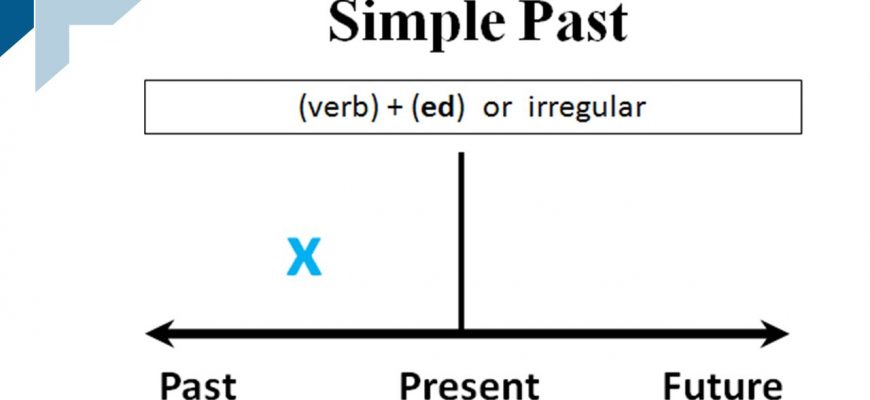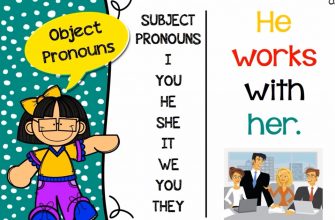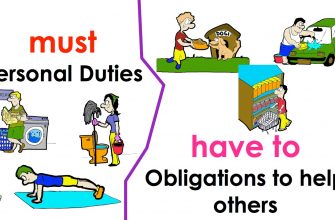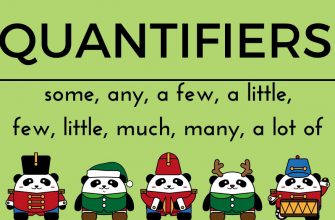The Simple Past Tense, often just called the Past Tense, is easy to use in English.
If you already know how to use the Present Tense, then the Past Tense will be easy.
In general, the Past Tense is used to talk about something that started and finished at a definite time in the past.
- How to form the Past Tense in English
- Past Tense Regular Verbs
- Examples of sentences using regular verbs in the past tense
- Negative sentences in the Past Tense
- Examples of negative sentences in the Past Tense
- Past simple – use
- Completed actions in the past
- Past habits
- Situations that were true in the past
- Events in chronological order
- Exercises on the theme:
How to form the Past Tense in English
The main rule is that for every verb in English, there is only one form of it in the past tense.
(The exception is the Past tense of To Be, which has two forms: was and were)
This is totally different from other languages such as Spanish, French, Italian etc. where you change the verb ending for every subject.
For example: The past tense of the verb want is wanted.
Wanted is used as the past tense for all subjects/pronouns.
- I wanted
- You wanted
- He wanted
- She wanted
- It wanted
- We wanted
- They wanted
So you just have to learn one word to be able to use it in the past tense. In this case we just needed to learn the one word wanted which can be used for all subjects (or people).
Past Tense Regular Verbs
To change a regular verb into its past tense form, we normally add –ED to the end of the verb.
- play – played
- cook – cooked
- rain – rained
- wait – waited
Examples of sentences using regular verbs in the past tense
- Last night I played my guitar loudly and the neighbors complained.
- She kissed me on the cheek.
- It rained yesterday.
- Angela watched TV all night.
- John wanted to go to the museum.
Negative sentences in the Past Tense
We use didn’t (did not) to make a negative sentence in the past tense.
This is for regular AND irregular verbs in English.
(Exception is To Be and Modal Verbs such as Can)
Compare the following:
Present: They don’t live in Canada.
Past: They didn’t live in Canada.
The main verb (live in the example above) is in its base form (of the infinitive). The auxiliary DIDN’T shows that the sentence is negative AND in the past tense.
NOTICE: The only difference between a negative sentence in the present tense and a negative sentence in the past tense is the change in the auxiliary verb.
Both don’t and doesn’t in the present tense become didn’t in the past tense.
Compare the negative sentences in the examples below:
Present: You don’t need a mechanic.
Past: You didn’t need a mechanic.
Present: You don’t walk to work.
Past: You didn’t walk to work.
Present: He doesn’t speak Japanese.
Past: He didn’t speak Japanese.
Examples of negative sentences in the Past Tense
- I didn’t want to go to the dentist.
- She didn’t have time.
- You didn’t close the door.
- He didn’t come to my party.
- They didn’t study so they didn’t pass the test.
- We didn’t sleep well last night.
Past simple – use
Completed actions in the past
We use the past simple to talk about actions or events that happened in the past. We know or we say when the events happened.
- I saw Jim yesterday.
- We didn’t go out last Saturday. We stayed at home.
- She moved to Chester three years ago.
Past habits
We use the past simple to talk about past habits (things that we did more or less often).
- She washed her hair every day.
- She worked as a nurse.
- I often played in the park when we were children.
Situations that were true in the past
We also use the past simple to talk about things that were true in the past.
- My grandfather had two brothers.
- He lived with my grandparents as a child.
Events in chronological order
We use the past simple to describe the main events of a story in chronological order.
- When I arrived home, I took off my shoes and then I relaxed on the sofa








